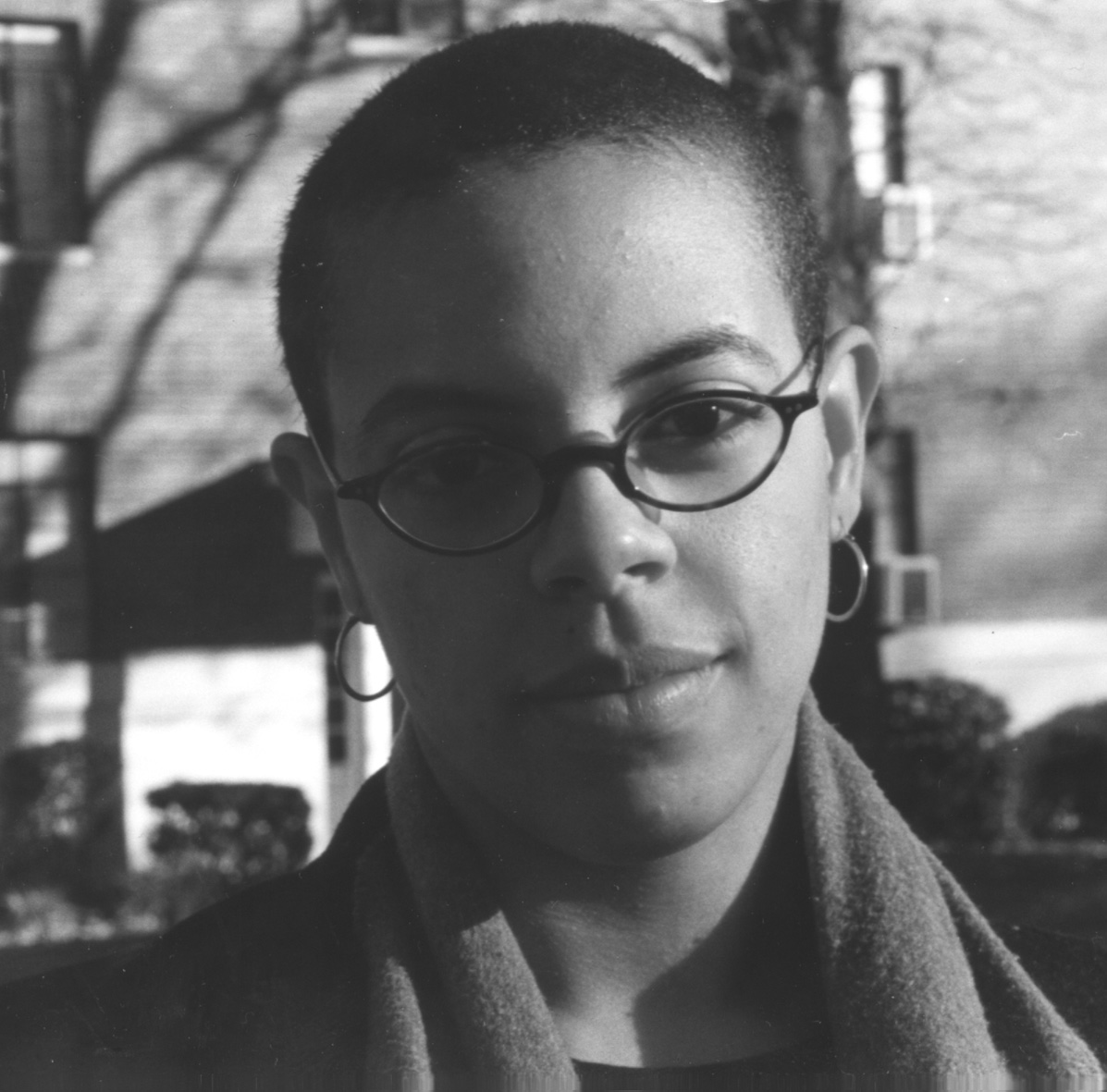
Mendi Lewis Obadike
|
news
-

Mendi Lewis Obadike
|
news
-
|
Friday, September 22, 2001 |
One of the struggles during the conference was over how much emphasis should be placed on craft and how much emphasis should be placed on cultural critique. Nobody had simple answers to this question, yet the discussion was heated. Ultimately, everyone agreed that placing emphasis on either side to the exclusion of the other was pointless. When, however, and how, and even whether the discussion had actually turned to craft or cultural critique, on the other hand, was another matter.
Another important issue was gender. Everyone agreed that gender was important; everyone agreed that women had been overshadowed. It was unclear, however, how this had happened. Lubaina Himid gave a paper about the women who are often excluded from discussions about Black British artists who were working in the 80s. I came away from this paper a bit frustrated because all I could remember afterwards was this point, that Black women's work has been forgotten. I couldn't remember much of the work I had seen or the names I had been told; there were so many. I also didn't get to see as much of Himid's work as I would have liked to have seen.
On the other hand, I have vivid memories of the new work by Isaac Julien and Keith Piper, both of whom gave wonderful presentations of their work in the context of other work they admired. I was left wondering, is the only difference the attitude (the men were affirmed if still struggling for justice; the women were frustrated if sometimes in the mix)? Were they given more time? Was I more attentive because I already knew of their work? Because I had already been in conversation with them?
This problem reminded me of my undergraduate thesis work on Langston Hughes and Nicolas Guillen. I was intrigued and encouraged by their friendship. I wanted to have access to the kind of Diasporic artist exchange they had. They were and are important to me as a Black artist, but as a Black woman artist, I wondered if this sort of possibility really existed for me. I often engaged with the work Black women writers from around the world, but what about the friendships? Where was the community of Black women artists of which I could imagine myself a part?
For the past few months I've been thinking about this problem and about the careers of Black women artists. Going to Assembling the Eighties made me wonder what was to become of me, a Black woman artist. The problem of our visibility and (financial? cultural?) ability to connect with one another is not new to me. But somehow, it is just now slapping me in the face. What is in my future? More importantly, what does what I do (now and ever) have to do with that.
Part of what is striking to me is that although I had been wanting to know (about the work of) Black women artists, critics, and curators, the only ones I really talked to were women who were already working in the United States (Judith Wilson, Yong Soon Min, and Sonia Boyce). I didn't have conversations with Lubaina Himid or Gilane Tawadros or Lola Young or Sutapa Biswas or even Janice Cheddie, with whom I had had some brief exchanges over email. (Ok, I did speak with Pauline de Souza and Naseem Khan. This may be disproving my point, but I'd rather throw in this curve than pretend I didn't have meaningful conversations with them.) My point is, if Black women artists and critics are sometimes in the mix but black women artists aren't checking for them, how are their legacies going to carry on? Who else is going to do it?
All this is to say, I started SWEAT so that I could have a place to think about the work of the artists who give me pause or pleasure in public. I am going to engage with the craft of their work and the issues it provokes. I am going to give black women artists a big part of my attention in this space. Don't be surprised, though, if artists who are not Black women show up in this space. The point is to deal with my all influences and make sure black women get their due.
Mendi Lewis Obadike
see some work by some of the artists at Assembling the Eighties
|